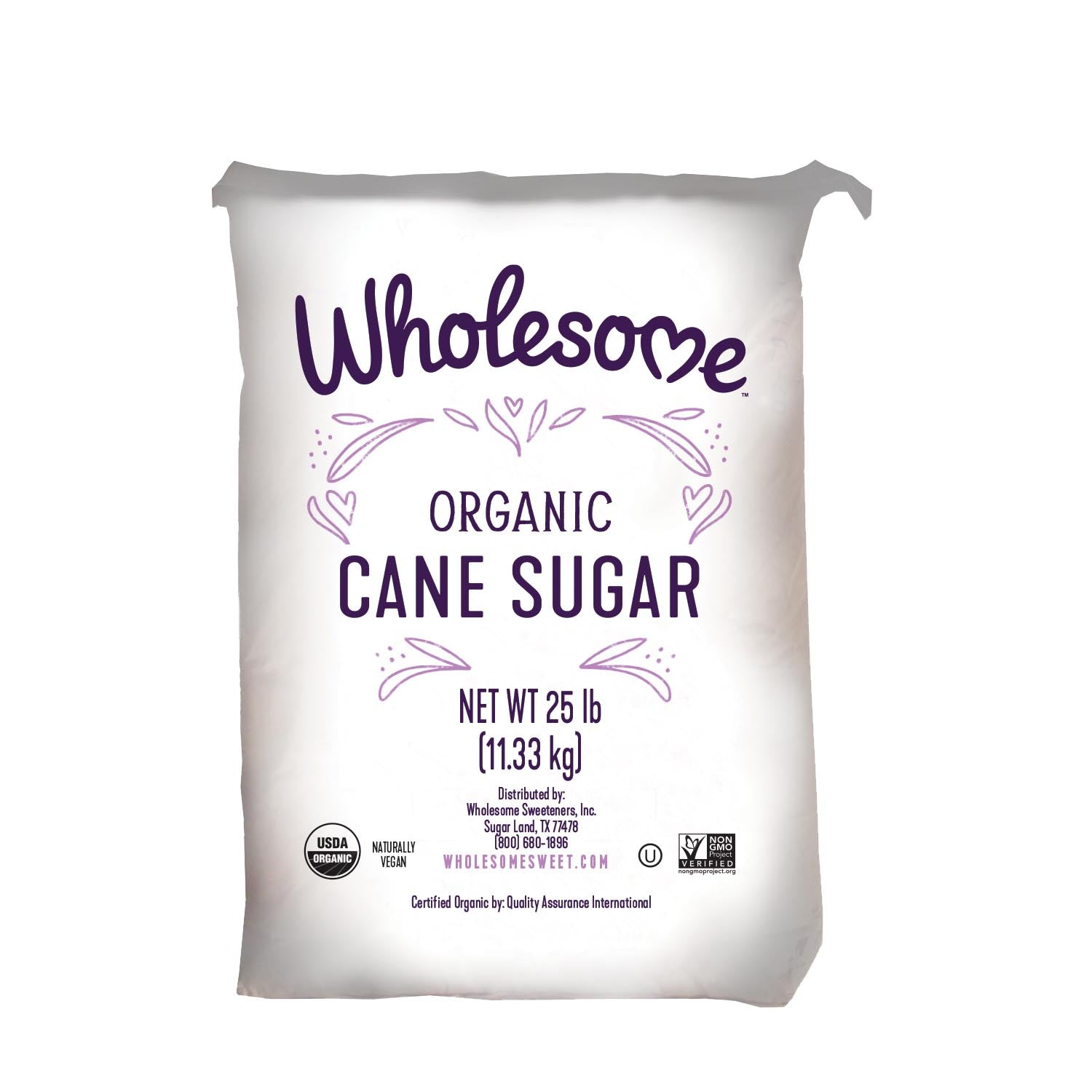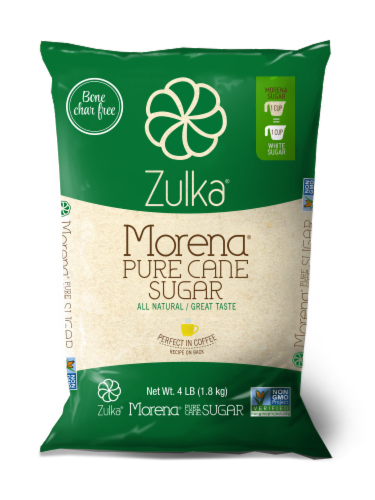Discovering the Comprehensive Steps Associated With Walking Cane Sugar Processing From Harvesting to Improvement
The process of cane sugar production incorporates a series of detailed actions, beginning with the mindful harvesting of sugarcane and culminating in the improvement stages that guarantee the last item meets sector criteria. Each phase, from the removal of juice to the purification and crystallization procedures, plays a vital role in figuring out the quality and personality of the sugar. Understanding these stages not only highlights the intricacy of sugar production yet additionally increases vital concerns concerning performance, sustainability, and development in the sector. What implications do these aspects have for future techniques?
Harvesting Sugarcane
Harvesting sugarcane is a vital action in the walking stick sugar processing chain, as it straight affects the top quality and return of the end product. Appropriate timing and methods are important throughout this phase to make sure optimum sugar material and lessen losses. Generally, sugarcane is gathered when it reaches maturity, usually 12 to 18 months after growing, characterized by a high sucrose concentration.

Post-harvest, the sugarcane should be processed swiftly to stop sucrose destruction. Preferably, collected cane ought to be delivered to refining facilities within 24-hour to maintain sugar quality. For that reason, effective logistical preparation is critical to keep the stability of the gathered crop throughout the supply chain.
Removal Refine

The smashed walking stick goes through a series of pressing procedures to optimize juice recuperation. Commonly, hot water is sprayed onto the smashed walking cane, producing a countercurrent circulation that assists dissolve the sugar while also assisting in the extraction procedure. The juice gathered from this operation has not just sugar however also various organic compounds and pollutants.

To improve extraction effectiveness, some centers might utilize diffusion approaches, where the sugarcane is taken in warm water, allowing the soluble sugars to diffuse into the liquid. The resulting juice, rich in sucrose, is then guided to subsequent processing stages, laying the foundation for filtration and improvement. The removal process is thus pivotal in identifying the high quality and yield of the final sugar product.
Purification Techniques
The purification strategies used in walking cane sugar handling are necessary for changing the raw juice into a high-grade sugar item. These techniques largely intend to remove pollutants, such as soil, plant products, and inorganic compounds, which can adversely affect the final item's flavor and color.
Among the most usual purification strategies is clarification. This process involves including lime and warmth to the raw juice, which promotes the coagulation of contaminations. The resulting precipitate is after that gotten rid of with sedimentation or filtration, yielding a more clear juice. Furthermore, making use of phosphoric acid can enhance the clarification procedure by further binding contaminations.
Another substantial method is carbonatation, where co2 is introduced to the clarified juice. This reaction generates calcium carbonate, which records staying contaminations and promotes their elimination.
Additionally, turned on carbon therapy may be put on adsorb any staying colorants and natural pollutants, making certain a much more polished product. The combination of these approaches efficiently prepares the sugar juice for succeeding action in the refining procedure, setting the phase for the production of top quality cane sugar.
Condensation Methods
After the filtration stage, the next important action in cane sugar handling entails condensation techniques, which play an essential duty in transforming the cleared up juice right into strong sugar. This process normally uses two main approaches: spontaneous crystallization and controlled condensation.
In spontaneous formation, supersaturated sugar options are permitted to cool normally, resulting in the formation of sugar crystals gradually. This approach is simpler but may lead to unequal crystal dimensions and reduced pureness degrees. On the various other hand, regulated crystallization is a more specific method where check my reference seeding, temperature, and concentration representatives are carefully taken care of. This approach permits the uniform growth of sugar crystals and higher pureness.
Throughout formation, the made clear juice is concentrated with evaporation, increasing its sugar content till it gets to supersaturation. When this point is accomplished, either approach can promote the condensation process. Cane Sugar Processing. The resultant sugar crystals are after that divided from the continuing to be syrup via centrifugation
Eventually, the choice of crystallization approach affects the quality, dimension, and purity of the final sugar item, making this step necessary in the general walking stick sugar processing treatment.
Refinement and Packaging
Just how can the pureness and quality of walking cane sugar be further improved after crystallization? The improvement process plays an essential role in attaining top page notch walking stick sugar. Adhering to condensation, sugar undergoes a comprehensive washing to get rid of pollutants and recurring molasses. This is normally accomplished utilizing cozy water or steam, which aids dissolve and draw out unwanted aspects while maintaining the sugar crystals.
Next, the sugar is subjected to a procedure called centrifugation, where it is spun at broadband to divide the detoxified sugar crystals from the remaining fluid. After centrifugation, the sugar is often additional improved through a technique called carbonization or phosphatation, which makes use of activated carbon or phosphoric acid to eliminate shade and off-flavors.
As soon as refined, the sugar is dried to accomplish the preferred dampness web content, making sure that it continues to be secure during storage and transportation. The last action includes product packaging the polished sugar in closed and moisture-proof containers to preserve its top quality and prevent contamination. Cane Sugar Processing. Proper packaging not only prolongs service life however additionally helps with easy handling and distribution, making sure that customers get sugar that fulfills the highest standards of purity and quality
Final Thought
The detailed actions entailed in walking cane sugar processing, from the precise harvesting of sugarcane to the elaborate refinement and packaging phases, underscore the relevance of each phase in making sure top quality sugar production. Optimal harvesting techniques, reliable extraction approaches, and strenuous filtration processes collectively add to the end product's purity and security. The formation go to the website and succeeding packaging practices better improve the stability and rack life of the sugar, highlighting the complexity and accuracy integral in this essential farming market.
The procedure of walking stick sugar production incorporates a series of elaborate actions, starting with the cautious harvesting of sugarcane and culminating in the improvement stages that guarantee the final item satisfies industry requirements. Preferably, gathered walking cane ought to be moved to processing facilities within 24 hours to preserve sugar high quality.In spontaneous condensation, supersaturated sugar services are permitted to cool normally, leading to the formation of sugar crystals over time - Cane Sugar Processing. The improvement process plays an important role in accomplishing top quality walking cane sugar.The extensive actions involved in walking cane sugar processing, from the precise harvesting of sugarcane to the intricate improvement and product packaging stages, emphasize the importance of each phase in making certain top notch sugar production